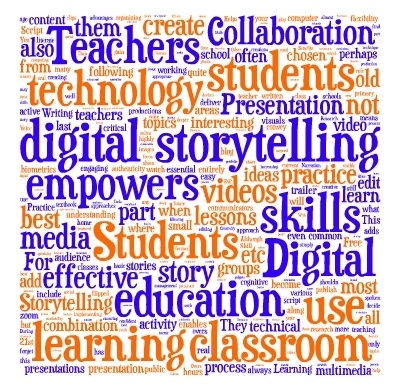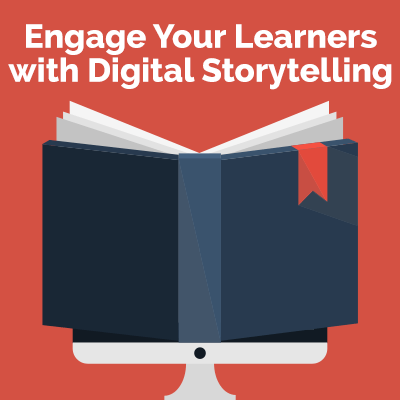Captivate And Engage Your eLearning Audience Through Storytelling
While it is much easier to keep people inspired as you combine body language with physical presence in a lecture hall or a classroom, dealing with eLearning virtual classes is way more challenging. The trick that helps to address this issue goes back to the old radio theater shows where one could only hear the host and the voice actors. This helped keep the listeners engaged and glued to the radio because the storytelling brought things to another level.
How To Use Storytelling To Engage Your Audience
1. Create A Basic Outline
Before you start with an eLearning session or a virtual lesson, make sure that you create a mental or written outline. When planning to use the power of storytelling, you must start with a strong hook or an argument that will instantly inspire people. Even if you are starting a debate, you must make a statement and offer statistical information or something related to your subject. As an alternative, you may start a virtual lesson with a survey where you collect information and adjust your lesson plan in real time by making things even more interactive.
2. Add Helpful Examples
Another method of using storytelling is adding practical and relevant examples. One of the most important advantages of eLearning is the use of technology. It is exactly why the use of TEDx videos helps to illustrate complex concepts as things are explained visually. The same formula works when you have to tell a story and provide an interview with a specialist or quote first-hand sources that will help people to relate. For example, it is possible to talk about racial prejudice by using theory or social concepts. But the content will get much more emotional and profound when you add the words of a famous person or use an interview with someone who has been through the challenges.
3. Combine Design And Written Content
The art of storytelling in eLearning is done in digital format, which means that you have to pay attention to formatting and accessibility. While you may provide information in the classic APA or MLA style to pose an example, it won’t keep your audience engaged. Consider creating a presentation, adding statistical data, audio snippets, motivational background music, and graphics. When you design various multimedia elements and break down lengthy paragraphs to make things more accessible, your learners will feel more focused and inspired.
4. Making Interactive Breaks
Timing is everything! Did you ever notice how a good storyteller always pauses and looks at the audience? It’s not because they seem to forget the story or need to remember something. It is done intentionally to add a dramatic effect and let you capture the information differently. When dealing with a complex subject or having to cover more than one topic during the digital lesson, you have to make interactive breaks. Talk to your audience, make pauses, ask them questions, listen to answers, and add interactive competition.
5. Use Various Literary Devices
The art of storytelling lies in the correct use of strong comparisons, allegories, metaphors, dramatic repetitions, and the tone of your voice. It is exactly why books are always different for anyone as we imagine how each character speaks and represents themselves. Try to speak in more than one tone when you are quoting someone or talking about important aspects. At the same time, try not to overdo it when discussing serious subjects. Still, keep the emotional content present as it will help to make an eLearning session more interesting and help your audience become engaged.
Give Power To The Audience
While you are using the art of storytelling to teach a certain subject, it is still challenging to keep everyone engaged as you deliver complex concepts or practical examples. You may ask your audience to become involved and voice their concerns, yet it won't work easily! The secret trick here is to keep your audience in control to lead the lesson along with you. Let your students become the ones in power and take on various responsibilities by creating outlines and surveys. This way, you will help them work as co-hosts and add their thoughts, wisdom, unique skills, and comments. Once a person feels engaged and approaches all the technical tools, every eLearning session will become more vivid and poignant!








